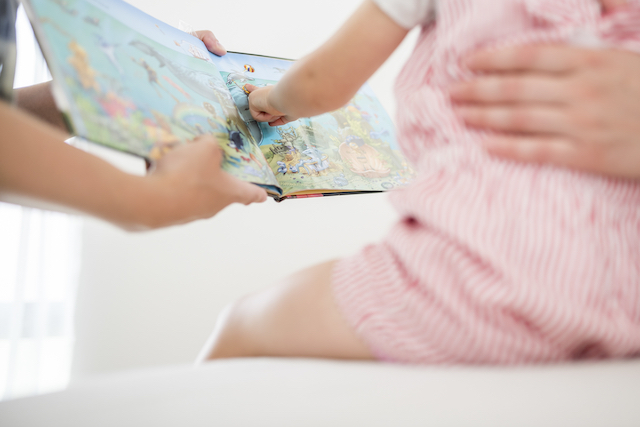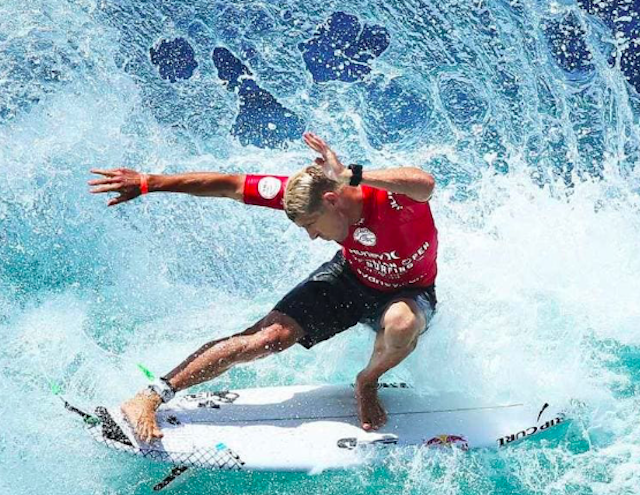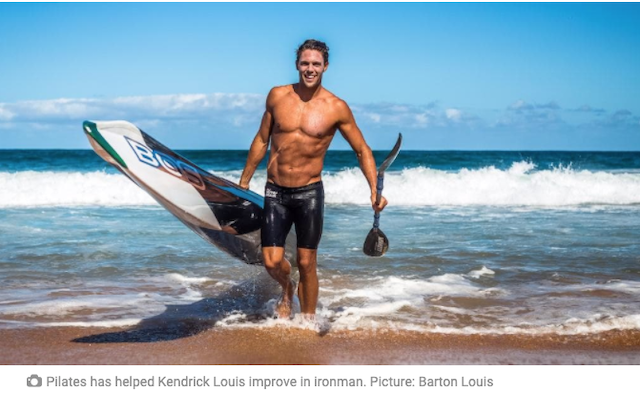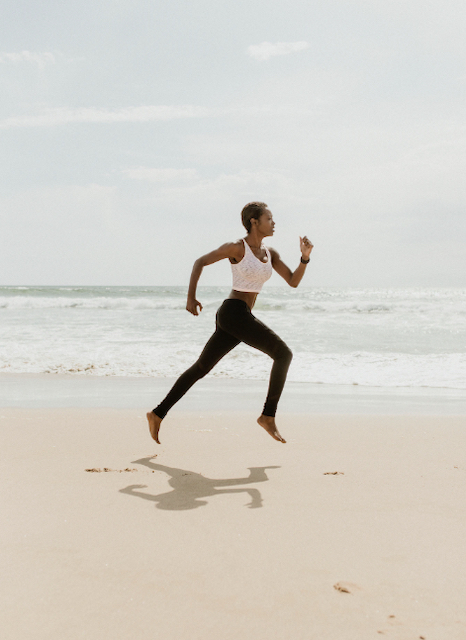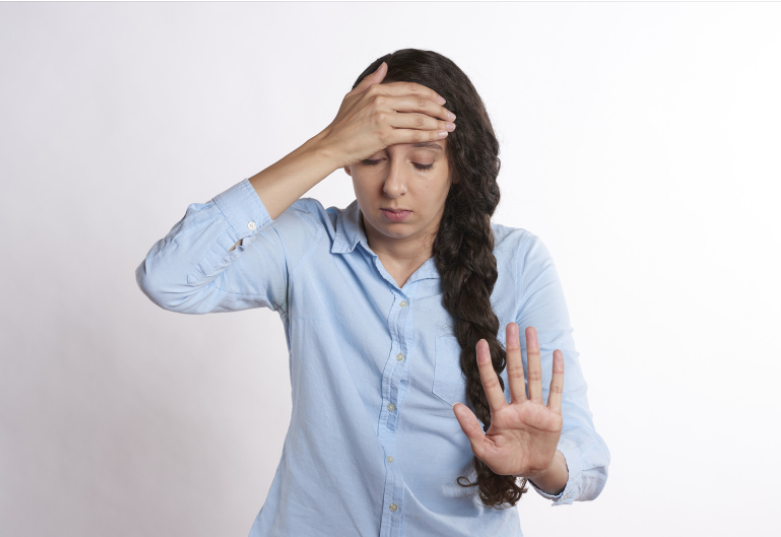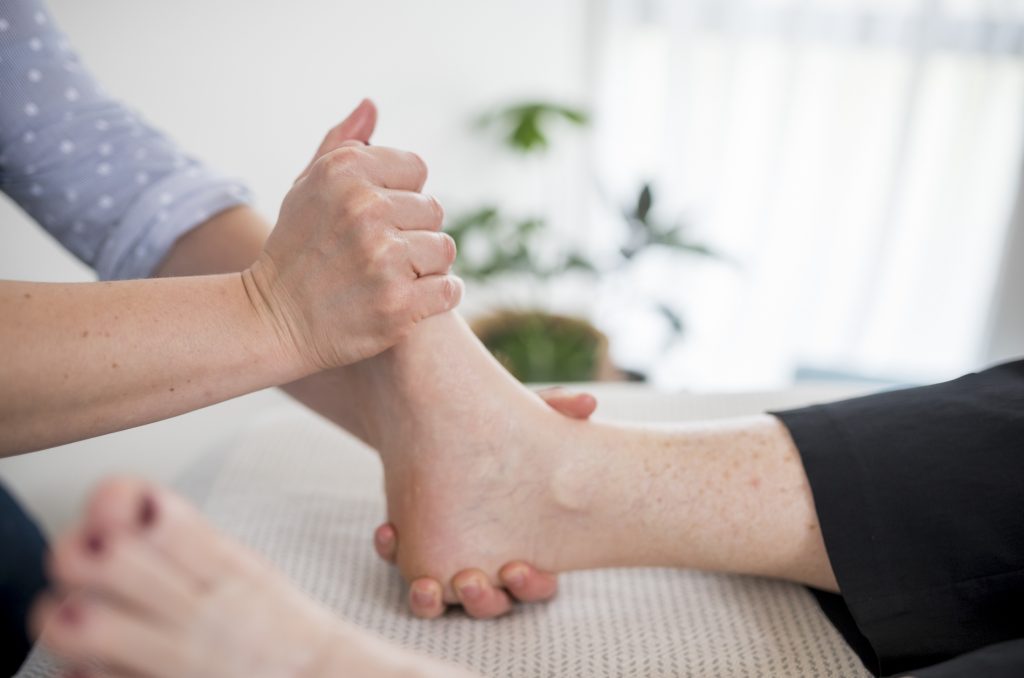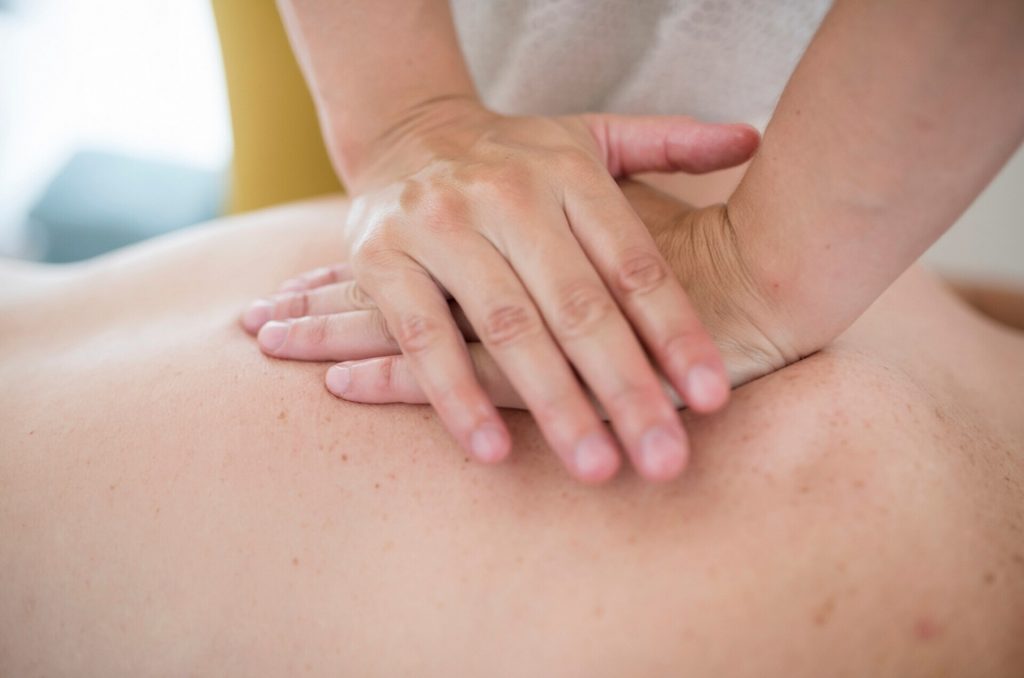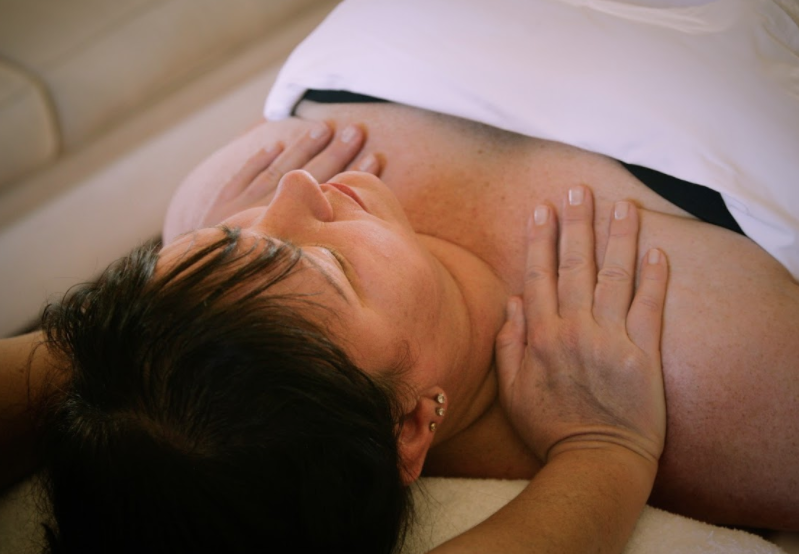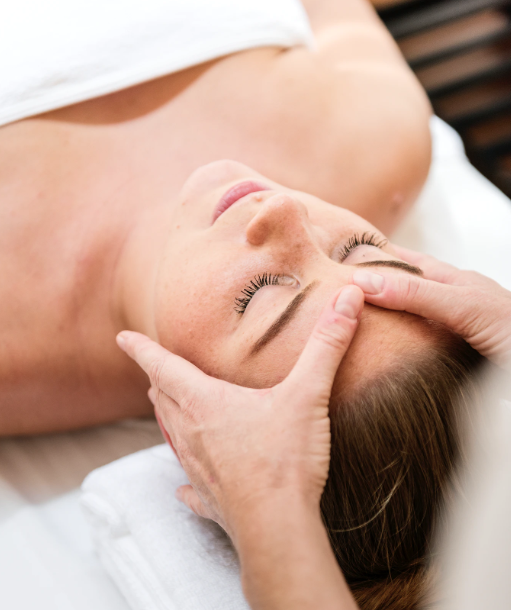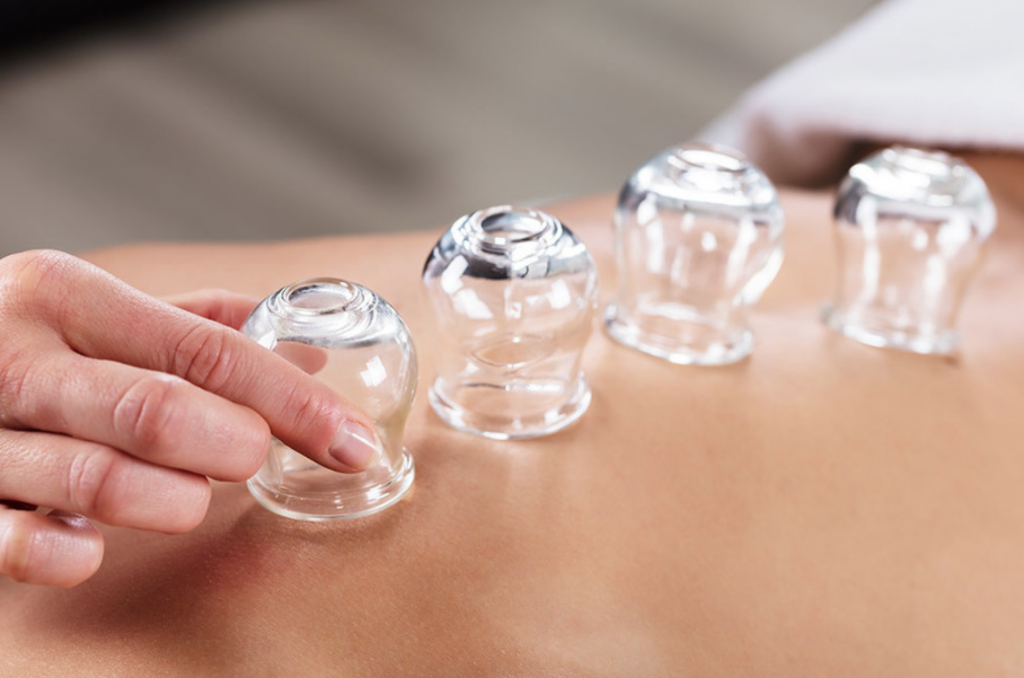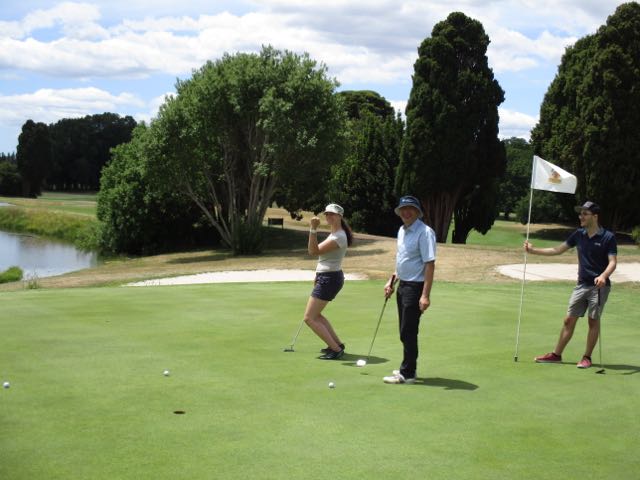Want to get your journey into Reformer Pilates started?
Come join us in our beautiful studio in the heart of Mount Maunganui!
Here at Mount Pilates we have specially designed a ‘fundamentals course‘ that is a short, well programmed, affordable 5 classes that teaches you the basic Pilates principles in an effective, safe and informative way. Once you’ve completed this short course, we are so confident that you’ll have nailed the basics that you can then enter a session your instructor sees fit for you to progress into.
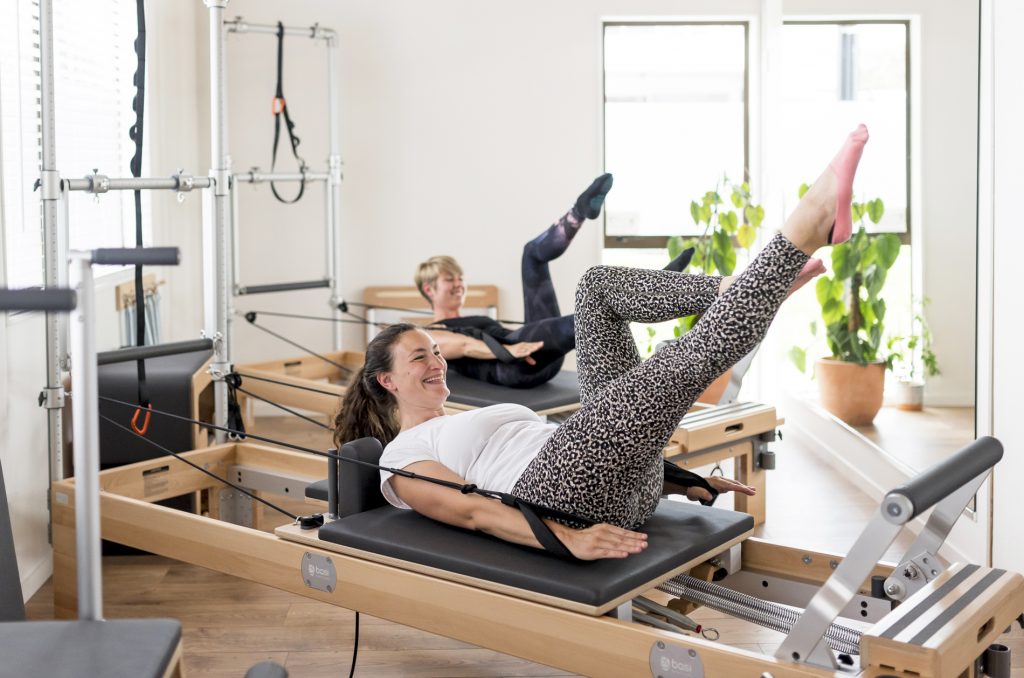
What can I expect from my first Reformer Pilates class at Mount Pilates?
We will stick to the basics
Our instructors are all experienced and know your first session on the Reformer can be a little daunting. You’ll probably feel a bit uncoordinated for the first while, but that’s ok, we’ve all been beginners once! So in this 5 session Fundamentals course we really focus on breaking things down and using simple terms to guide you through. We also watch you closely to keep you comfortable and happily answer any questions or queries for you throughout the session.
We keep it small
At Mount Pilates our classes are only small. We have a max of 5 people per session. We find this incredibly beneficial because this way our instructors are able to cater to any individual needs, questions or queries very easily! Also if you have any injuries or niggles that we need to be aware of, we can happily adjust any movements to suit your body and keep you safe. It also means you get to know your other class mates on a more personal level and generally progress together at a similar rate!
We make sure you have fun!
Our aim is to not only make sure this course is effective, but also fun! We know there is nothing worse than a boring exercise routine. That’s why we make sure you leave the studio smiling, looking forward to your next session with us.
I’m convinced, whats my next step?
Get your comfy gym clothes ready and see what class on our timetable suits you!
Our final word,
We really want to help you grow in confidence on the Reformer at a relatively quick, but safe pace. This is why we encourage all newbies to complete this course, that way we know you are as educated as you can be heading into class and can start reaping the benefits of Reformer Pilates as soon as possible.
So get the best possible start you can by joining us for Mount Maunganui’s finest beginners Reformer Pilates course!
Check out the other classes we offer for once your done!
